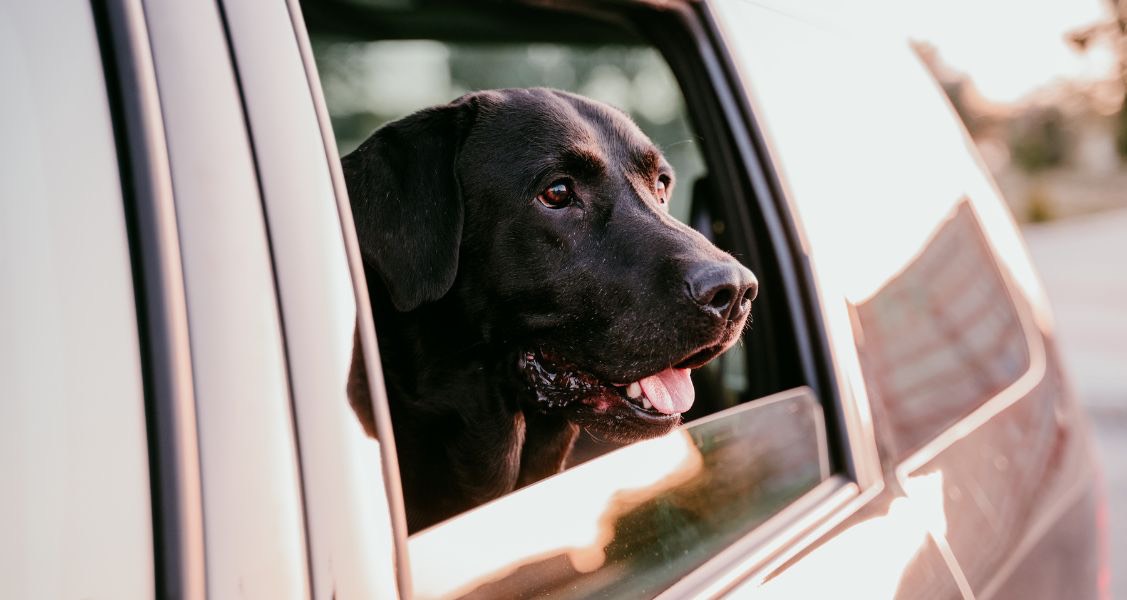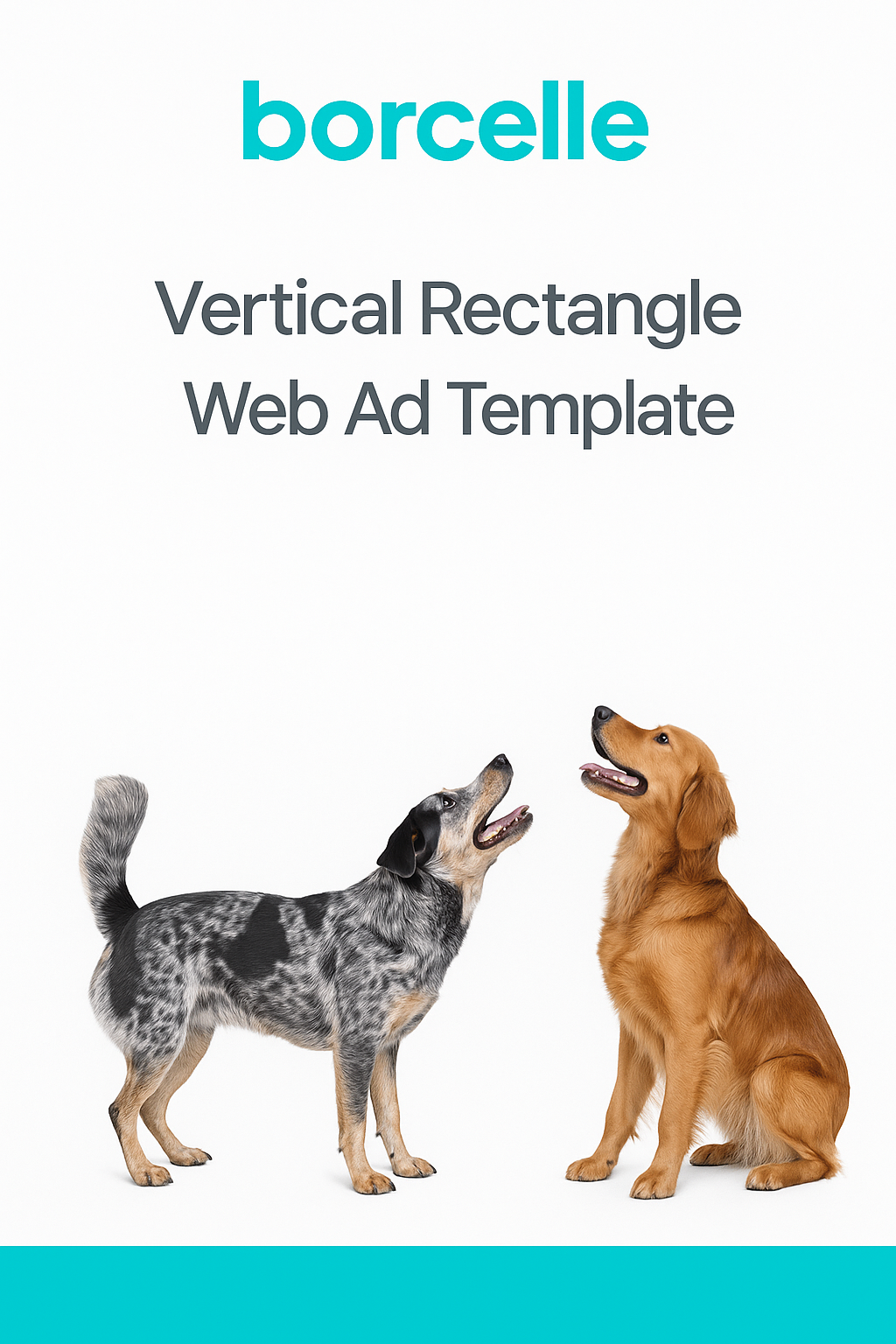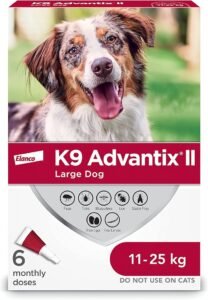As a dog owner, you cherish the companionship of your furry friend not only at home but also during your travels. Yet what you may not realize is that ensuring the safety of your pet on the road is as crucial as buckling up yourself. A joyful car ride can quickly become dangerous if you’re not proactive about your dog’s security. Continue reading to learn how to keep your dog safe and secure in the car, contributing to a safer travel experience for all.
Secure Your Dog With a Seat Belt or Harness
The thought of your pet roaming freely in the car might seem harmless, but sudden stops or accidents can have severe consequences. Using a seat belt or harness specifically designed for dogs can significantly mitigate the risk of injury. These devices not only ensure your pet’s safety but also prevent distractions for the driver.
There are a variety of products on the market tailored to fit different breeds and sizes, ensuring comfort without compromising on security. When securing your dog, make sure the harness is well-fitted and attached to the car’s seatbelt system. Additionally, consider using seat covers when traveling with your pet to provide extra stability and protection against unwanted odors, scratches, and stains on your upholstery.
Use a Crate or Carrier
For some dogs, a crate or carrier can be the safest and most reassuring option during car rides. A properly sized crate will allow your pet to sit, stand, and turn around comfortably. It is crucial to anchor the crate in the vehicle to prevent it from shifting or toppling.
Be sure to select a crate with proper ventilation and stability to protect your dog in the event of sharp turns or halts. A crate will also provide your furry friend with a sense of their own space, easing travel anxiety.
Never Leave Your Dog Unattended in the Car
One of the most dangerous situations for a dog is being left alone in a parked car. Temperatures can drop or soar to life-threatening levels within minutes, depending on the time of year. Exposure to such conditions can lead to your dog becoming severely unwell.
The best practice is to always take your dog with you when you exit the vehicle. If circumstances require you to leave without your canine, consider doggy daycare facilities or leaving them with a trusted friend or family member.
Provide Comfort and Entertainment
Car rides can be long and monotonous for your dog. Ensuring their comfort will help make the trip more enjoyable for them. Soft bedding and favorite toys can turn a vehicle’s backseat into a cozy retreat. A familiar blanket can provide both warmth and a sense of security. Supply chew toys or treat-dispensing puzzles to keep them occupied and mentally stimulated during the trip, making time pass faster and preventing restlessness.
Knowing how to keep your dog safe and secure in the car goes beyond mere precaution—it is a necessary measure for the welfare of both pet and owner. By incorporating these methods, you reinforce the physical safety and emotional comfort of your dog, while also enhancing the driving experience for everyone on board. Prioritize these tips the next time you and your loyal companion set off on an adventure to ensure memories are made without jeopardizing safety.











